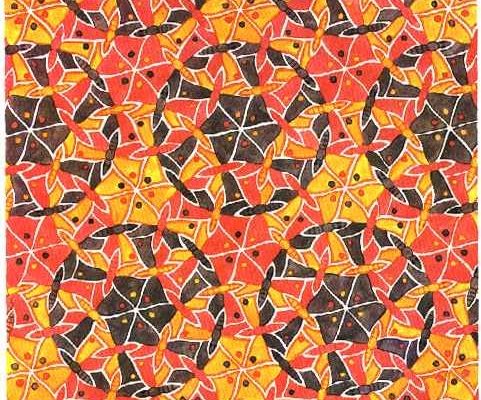What is Tessellation?

Tessellation is a mathematical concept that involves the repetition of a geometric shape to cover a surface without any gaps or overlaps. The term tessellation comes from the Latin word “tessella,” which means “small square,” and it refers to the use of small tiles to create a larger image.
Tessellations can be found in many different areas of mathematics and science, including geometry, art, and computer graphics. They are often used to create patterns and designs, and they have been used in many different cultures throughout history.
One of the most well-known examples of tessellation is the use of hexagons in honeycombs. Bees use hexagonal cells to store honey and raise their young, and this natural pattern has been used as an inspiration for many different types of art and design.
In addition to hexagons, other shapes can be used to create tessellations, including triangles, squares, and even irregular shapes. The key to creating a successful tessellation is to choose a shape that can be repeated without creating any gaps or overlaps.
Tessellations have many practical applications, such as in the design of tiles and pavement. They are also used in computer graphics to create 3D models and other visual effects.
Overall, tessellation is a fascinating concept that has many different applications in mathematics, art, and science. Whether you are a mathematician, artist, or designer, understanding the principles of tessellation can help you create beautiful and complex patterns and designs.






